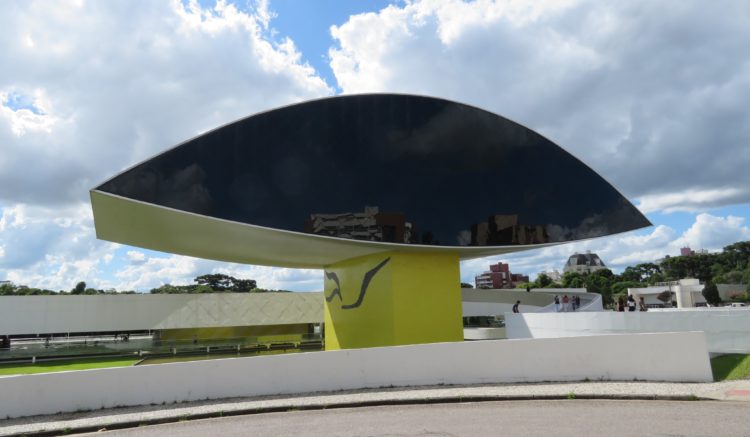Curitiba, the capital of Paraná state in southern Brazil, is renowned for its pioneering urban planning and sustainable practices. With a population nearing 2 million, the city has embraced innovation while retaining its historical and cultural roots. Known for its mild, temperate climate and frequent rainfall, Curitiba has become a leading example of urban design that integrates green spaces and efficient public transport systems. The city’s diverse population, shaped by Italian, German, Polish, and Ukrainian immigrants, adds richness to its cultural landscape.
In Curitiba we stayed at the Johnscher by San Juan Curitiba, a beautifully renovated hotel with modern facilities in a traditional building dating back to 1917 close to the old city centre.
Geography & Climate
Curitiba is located in southern Brazil, approximately 900 metres above sea level, which contributes to its cooler climate compared to most of Brazil. The average annual temperature is around 16°C, with warm summers averaging 21°C and mild winters that can drop to 10°C or lower. Curitiba’s position on the edge of the Serra do Mar mountain range ensures it receives a significant amount of rainfall, keeping its parks and natural areas lush and vibrant.
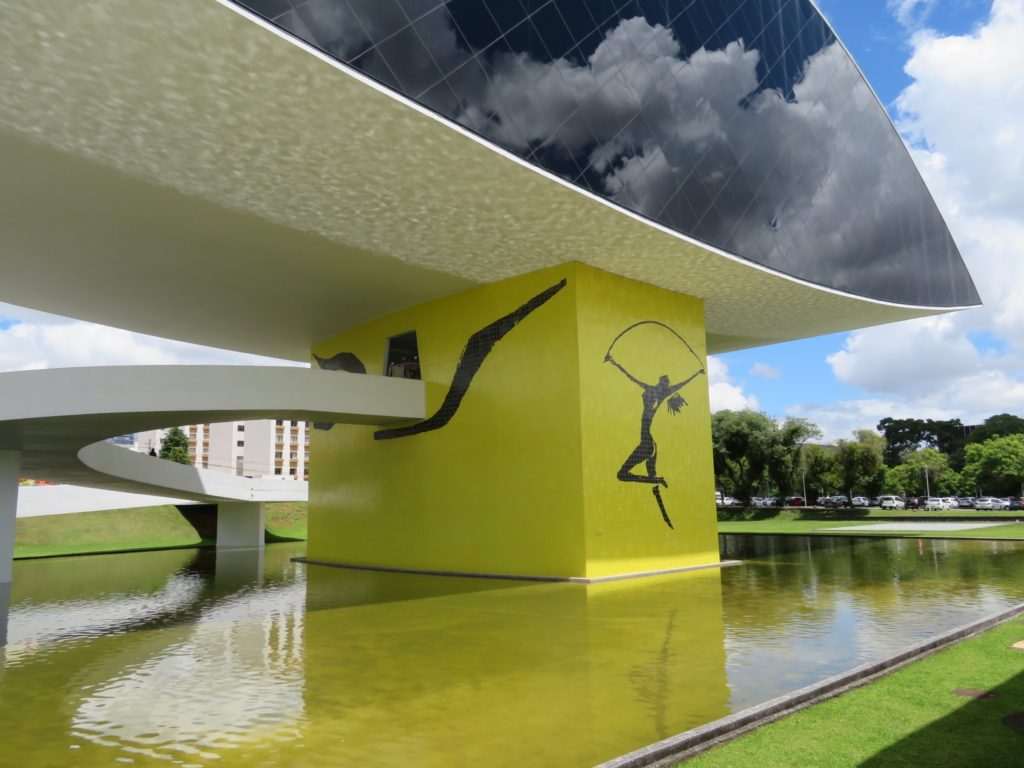
History & Economics
Curitiba’s development accelerated during the late 19th and early 20th centuries with the arrival of European immigrants, particularly from Italy, Germany, Poland, and Ukraine. These settlers played a significant role in shaping the city’s cultural and architectural identity. Over the years, Curitiba has transformed into an economic hub, particularly for the automotive industry, with major multinational companies establishing production plants nearby. The city also has a strong cultural sector, with numerous universities, theatres, and museums contributing to its vibrant economy.
Principal Sites
Oscar Niemeyer Museum
The Museu Oscar Niemeyer, known locally as the “Eye Museum,” is one of Curitiba’s architectural highlights. Designed by renowned Brazilian architect Oscar Niemeyer, it features bold, modernist structures and houses art and architecture exhibitions. The museum is an important cultural institution that reflects Niemeyer’s vision of creating functional, aesthetically compelling public spaces.
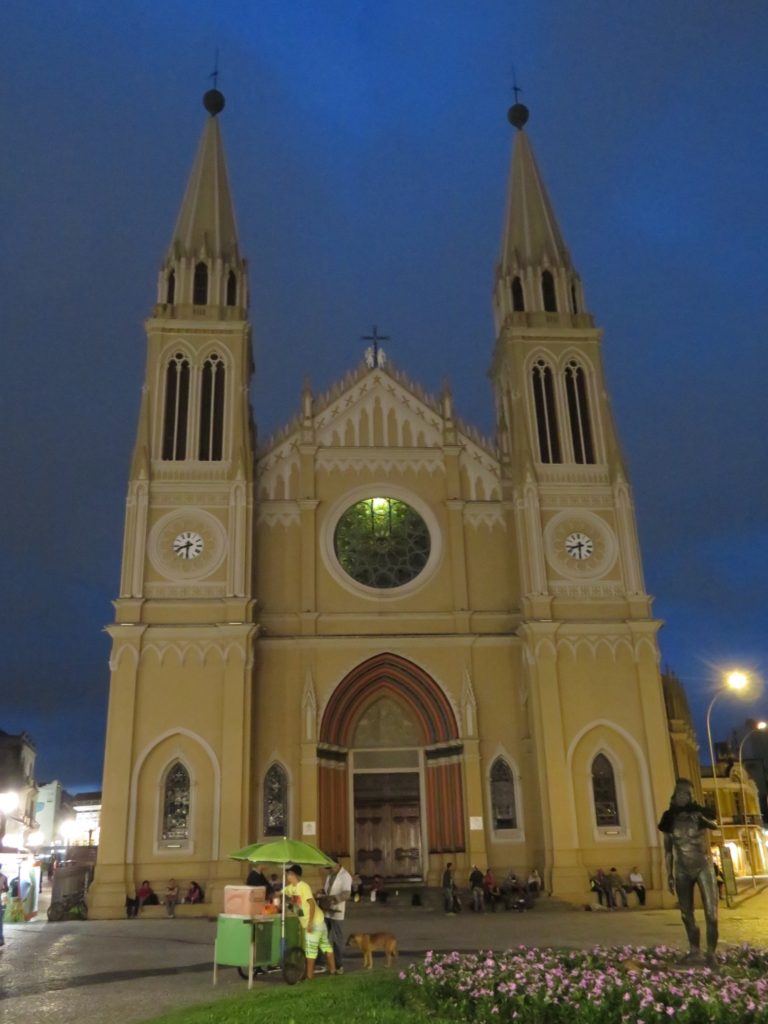
Praça Tiradentes and the Cathedral
At the heart of Curitiba is Praça Tiradentes, the city’s main square and a focal point of its colonial history. The Catedral Basílica Menor de Nossa Senhora da Luz de Curitiba, a neo-Gothic cathedral completed in 1893, stands prominently here. Inspired by Barcelona’s Cathedral of Saint Eulalia, it features striking stained-glass windows and remains a key spiritual and historical landmark.
Jardim Botânico de Curitiba (Curitiba Botanical Garden)
A symbol of the city’s commitment to green spaces, the Curitiba Botanical Garden was inaugurated in 1991. It features French-style geometric gardens and a striking greenhouse modelled after London’s Crystal Palace. The garden is a popular destination for both locals and tourists, showcasing the city’s dedication to urban greenery and biodiversity.
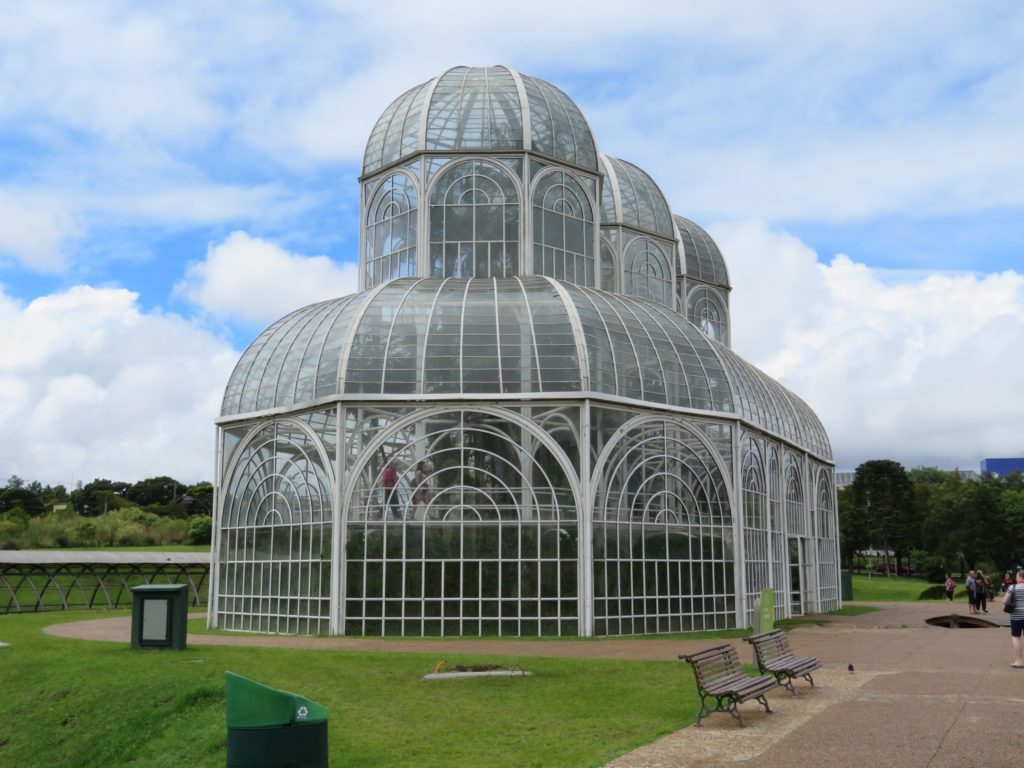
Urban Innovation and Sustainability
Curitiba is internationally recognised for its Bus Rapid Transit (BRT) system, introduced in the 1970s under Mayor Jaime Lerner. This system revolutionised urban transport by offering a cost-effective, efficient solution to reduce traffic congestion while maintaining the city’s environmental focus. Curitiba also introduced a “green exchange” programme, encouraging residents to trade recyclable waste for fresh food. The city’s emphasis on sustainability extends to its numerous parks and green areas, which help maintain air quality and offer recreational spaces for residents.
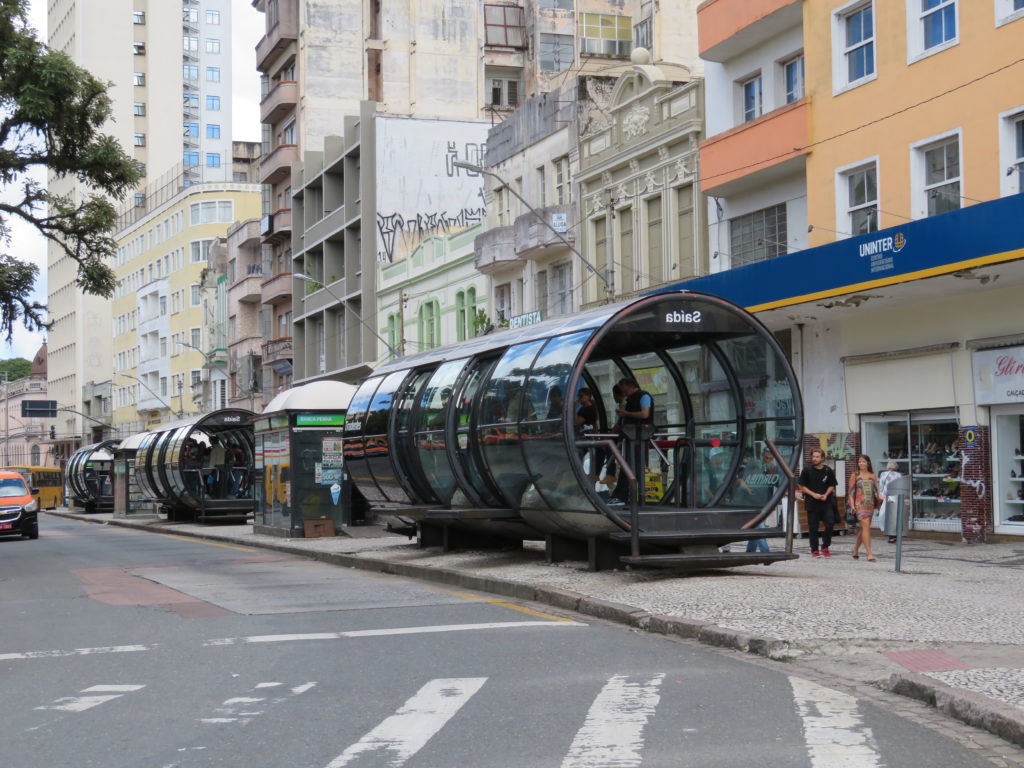
Environment
Curitiba’s commitment to environmental sustainability is evident in its numerous parks, urban forests, and ecological reserves. The city boasts over 30 parks and green spaces, with initiatives to preserve native vegetation and promote biodiversity. These green spaces, coupled with the city’s eco-conscious policies, make Curitiba a model of sustainable urban living in Brazil.
Final Thoughts
Curitiba stands out as an innovative and sustainable city that has successfully balanced urban development with environmental preservation. Its blend of cultural heritage, from colonial-era landmarks to cutting-edge architectural masterpieces like the Oscar Niemeyer Museum, reflects a city in tune with both its past and its future. With its pioneering public transport system and dedication to green spaces, Curitiba continues to lead by example in urban planning and sustainability.
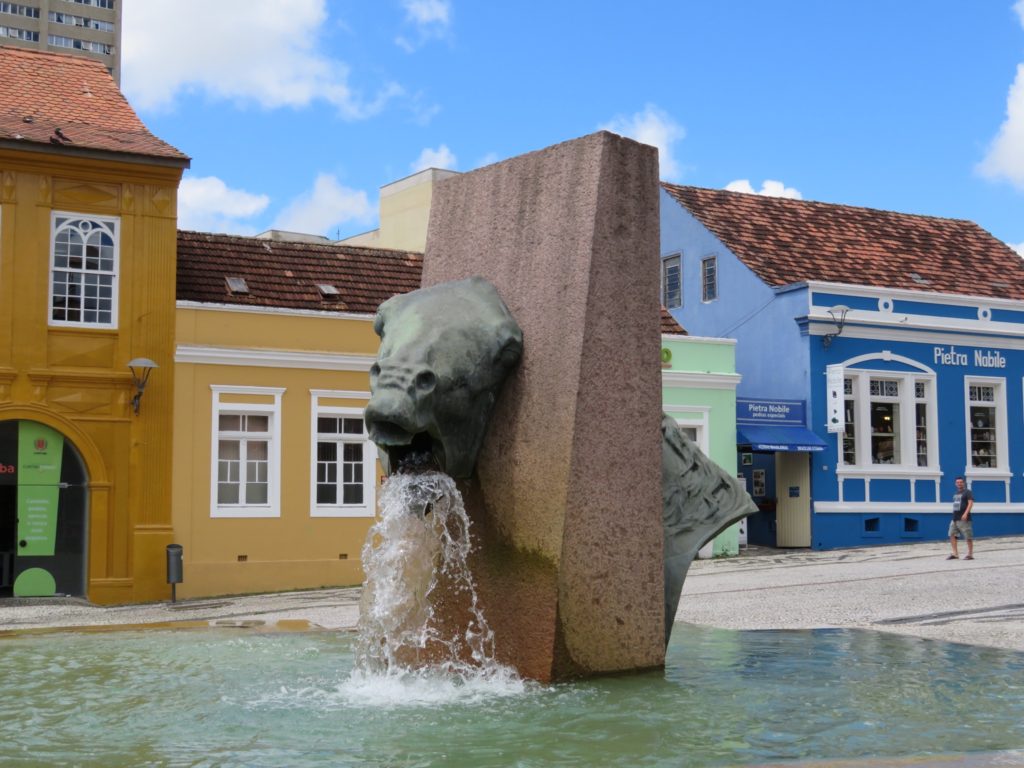
Dates: 30/01/2018 to 02/02/2018
